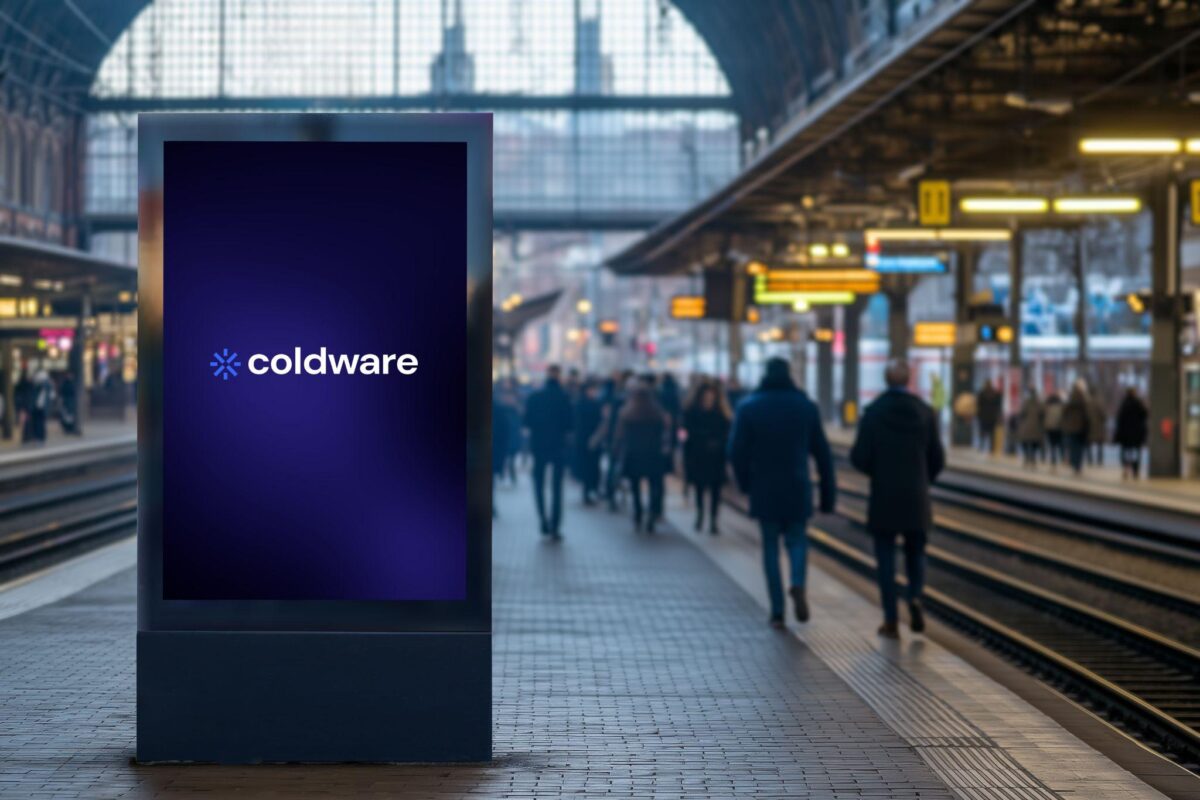As investors scan the altcoin landscape for utility-driven opportunities, Coldware (COLD) is standing out as one of the most promising presale tokens of 2025. Now in Stage 3, Coldware (COLD) has raised over $6.6 million, with expectations high that it could follow in the footsteps of Solana (SOL), or even surpass it. Unlike meme-based projects or speculative tokens, Coldware (COLD) offers something real: decentralized infrastructure packaged in real-world devices.
Coldware (COLD) Brings Blockchain to Hardware
Solana (SOL) has made headlines for its scalability and low fees, but Coldware (COLD) takes it a step further—embedding blockchain into the hardware layer. Its signature Larna 2400 smartphone and ColdBook laptop run on a native Coldware OS, enabling seamless wallet access, private chat, and Web3 apps. While Solana (SOL) dominates the protocol layer, Coldware (COLD) controls both the rails and the trains.
Solana (SOL) Eyes $250—Coldware (COLD) Eyes Global Adoption
While analysts predict that Solana (SOL) could hit $250 by year’s end, Coldware (COLD) is aiming for something bigger: a user base of millions accessing blockchain directly through mobile devices. Its Layer 1 PoS network allows mobile staking and offers enterprise-ready subnetworks, a feature Solana (SOL) has yet to implement at scale. Coldware (COLD) isn’t just chasing a number—it’s chasing a market.
Utility First: Coldware (COLD) Has Real-World Use Cases
Coldware (COLD) supports Layer 2 token creation, on-chain chat, VPN access, and decentralized file storage. Its Freeze.Mint platform allows users to launch community or business tokens without coding. Solana (SOL) has similar capabilities, but relies on third-party tools and developer infrastructure. Coldware (COLD) makes these features plug-and-play for the average user, reducing the need for technical knowledge.
Solana (SOL) Faces Scalability Hurdles—Coldware (COLD) Starts With It
Although Solana (SOL) is known for speed, network congestion has caused outages in past bull cycles. Coldware (COLD) sidesteps this with mobile lite nodes, which distribute validation tasks across a wide network of low-power devices. This not only improves decentralization but reduces hardware requirements, making Coldware (COLD) ideal for emerging markets where accessibility is key.
A New Layer 1 Built for the Next Billion Users
Coldware (COLD) is more than an Ethereum alternative or Solana (SOL) clone—it’s a foundational ecosystem that merges hardware, software, and blockchain in a unified experience. From Layer 1 transactions to dApp browsing and encrypted communications, everything runs locally on Coldware (COLD)’s hardware. This design philosophy enables frictionless onboarding, essential for driving global crypto adoption.
Solana (SOL) Is Performing—But Coldware (COLD) Is Innovating
Solana (SOL) has grown impressively this year, benefiting from DeFi and NFT growth. But Coldware (COLD) is building where Solana (SOL) has yet to reach: real-world usability. By targeting average consumers and offering a seamless blockchain experience, Coldware (COLD) is solving adoption challenges that have plagued the crypto industry for years.
Conclusion: Coldware (COLD) May Be The Real Solana (SOL) Successor
As Solana (SOL) continues to rise in price and visibility, Coldware (COLD) is winning on fundamentals. With integrated hardware, a developer-ready mainnet, and real consumer utility, Coldware (COLD) is proving itself as the true Web3 enabler. For investors seeking the next Solana (SOL)-like breakout—one with stronger real-world relevance—Coldware (COLD) is a presale worth watching.
For more information on the Coldware (COLD) Presale:
Visit Coldware (COLD)
Join and become a community member:
Disclaimer: This media platform provides the content of this article on an "as-is" basis, without any warranties or representations of any kind, express or implied. We assume no responsibility for any inaccuracies, errors, or omissions. We do not assume any responsibility or liability for the accuracy, content, images, videos, licenses, completeness, legality, or reliability of the information presented herein. Any concerns, complaints, or copyright issues related to this article should be directed to the content provider mentioned above.










